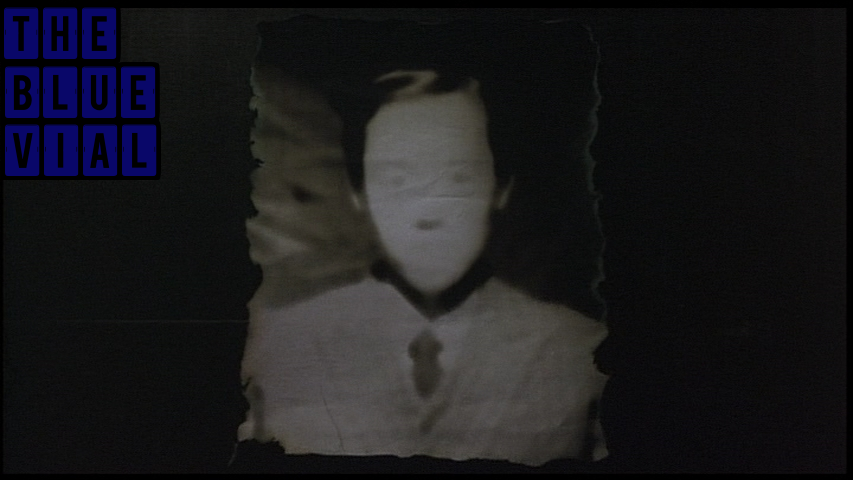Melville must have swooned. Nearly as much as in This Gun for Hire or The Asphalt Jungle, one can sense a wellspring for the great French director in the first 15 minutes of Hubert Cornfield's Plunder Road. A nearly wordless, sartorially attentive and process oriented train heist taking place entirely in the rain and snipped at from a variety of viewpoints, this opening sequence (gobbling up roughly a quarter of the total running time) not only looks forward to the later abstract Melville's, but glances back a year as well; it's almost impossible to not be struck by protagonist Gene Raymond's Bob le Flambeur-like aura during his introduction: pensive, middle-aged, pale haired, a perfect gentleman with a "real hood's face". Actually, we can't ever know if Melville saw Road or not, but I'm not sure that it matters; this was 1957, and noir iconography at this point had already started to empty itself out and take a half step towards the kind of ghost imagery that Melville would shape to his own extreme and eccentric end. The spiritual union is there if nothing else.
Not that this opening is without its own eccentricity; indeed, part of its brilliance (and I would without any intended hyperbole deem it one of the great marvels of the 50s American B cinema) is the indefinable rhythm that it creates through a fundamental motional clash: fleet, exemplary action editing applied to images and movements of great physical weight. Cuts slam back and forth continuously between careful men, cumbersome machines and sensitive mechanisms; the object of the heist is a cache of gold bricks that can only be moved by crane and many guiding hands. And lording over all in this sequence is the rain, which sharpens the contrast in both directions: as a dynamic visual presence that adds an instant vivid force to the decoupage while simultaneously acting as yet another factor responsible for further weighing down of the bodies in frame. Almost certainly a matter of budgetary restraint, the film's approach to depicting its rain actually doubles down on this central clash, very clearly using a rain machine at times, and clearly using some scratch or pencil technique committed directly to the emulsion at others. The difference between these two methods is the difference between a biting realism and a frenzied Brakhagian rush, or the difference between muddy bootstraps and the electric consciousness that carries them.













